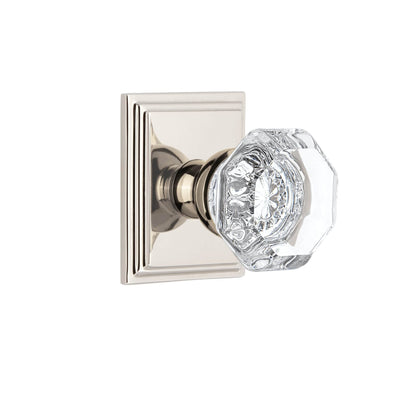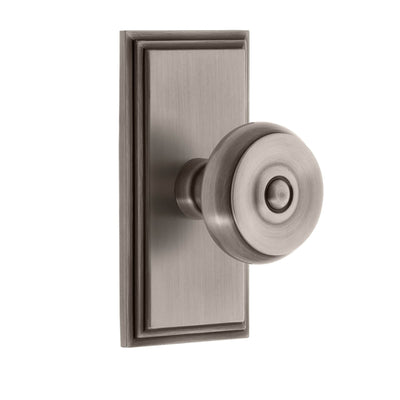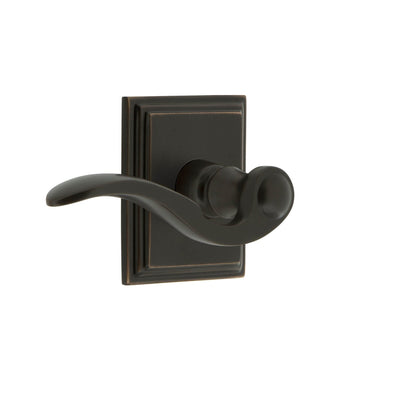
Mixing finishes in your home was once seen as tacky, but in recent years, mixing finishes has become completely ordinary and incredibly stylish.
Mixing finishes is an excellent way to add dimension and visual interest to your home's design. We understand that finding the right balance of mixing finishes is difficult. That’s why we’ve compiled a guide to help you with your design choices.
Choose a Dominant Finish
Choose one finish as a jumping-off point. Consider using a finish already in the room so you don’t add unnecessary expense to your project.
Finishes like satin nickel or brass are excellent choices for a dominant finish. Both satin nickel and brass easily mix and match well with other finishes.
Rule of Threes
Within design, it’s always best to work within the rule of three’s. Items or decor in three’s is generally more pleasing to look at. When choosing finishes, stick with the rule of three’s.
Choose up to three different finishes if you have a particularly large room. Three different finishes provide just the right amount of visual interest before becoming chaotic. You could experiment with four finishes in a larger space, but even that could feel overwhelming.
Create Contrast
Consider taking risks with your hardware design. Be bold with your finish choices if you aren’t afraid of contrast.
Mix different finishes styles, like a satin finish with a polished finish or warm tones with cool tones. This helps create contrast without mixing colors.
You can mix different colors if you choose to stay with a satin finish or polished finish. This allows you to mix different finish colors without becoming too overwhelming.

Best Rooms for Mixing Finishes
Regarding rooms where mixing finishes will make the most impact, kitchens have the most opportunity. Between cabinet hardware, door hardware, light fixtures, and faucets — the options are endless for experimentation!
To make the most of finishes in your kitchen, pick your favorite finish for a standout accent piece, like a beautiful faucet or kitchen island pendant lights. Use that finish as your main finish that other finishes will coordinate with.
Follow the same rule of thumb for your bathroom, which is an excellent room for mixing finishes. Remember that bathrooms tend to be much smaller than your kitchen, so limit the number of finishes you combine.
A simple way to mix finishes throughout your home is through door hardware. Your interior door hardware for bedrooms and bathrooms can be one finish, but your entry hardware on the front and back doors can be different.
Our hardware has endless combinations of finishes and styles, so creating a contrasting but cohesive look is simple.
Experiment with Mixing Finishes in Your Home
Mixing finishes in your home isn’t as daunting as it once was. Long gone are the days when mixing finishes were considered clashing.
Need more design inspiration? Check out our blog on top luxury interior design trends.













